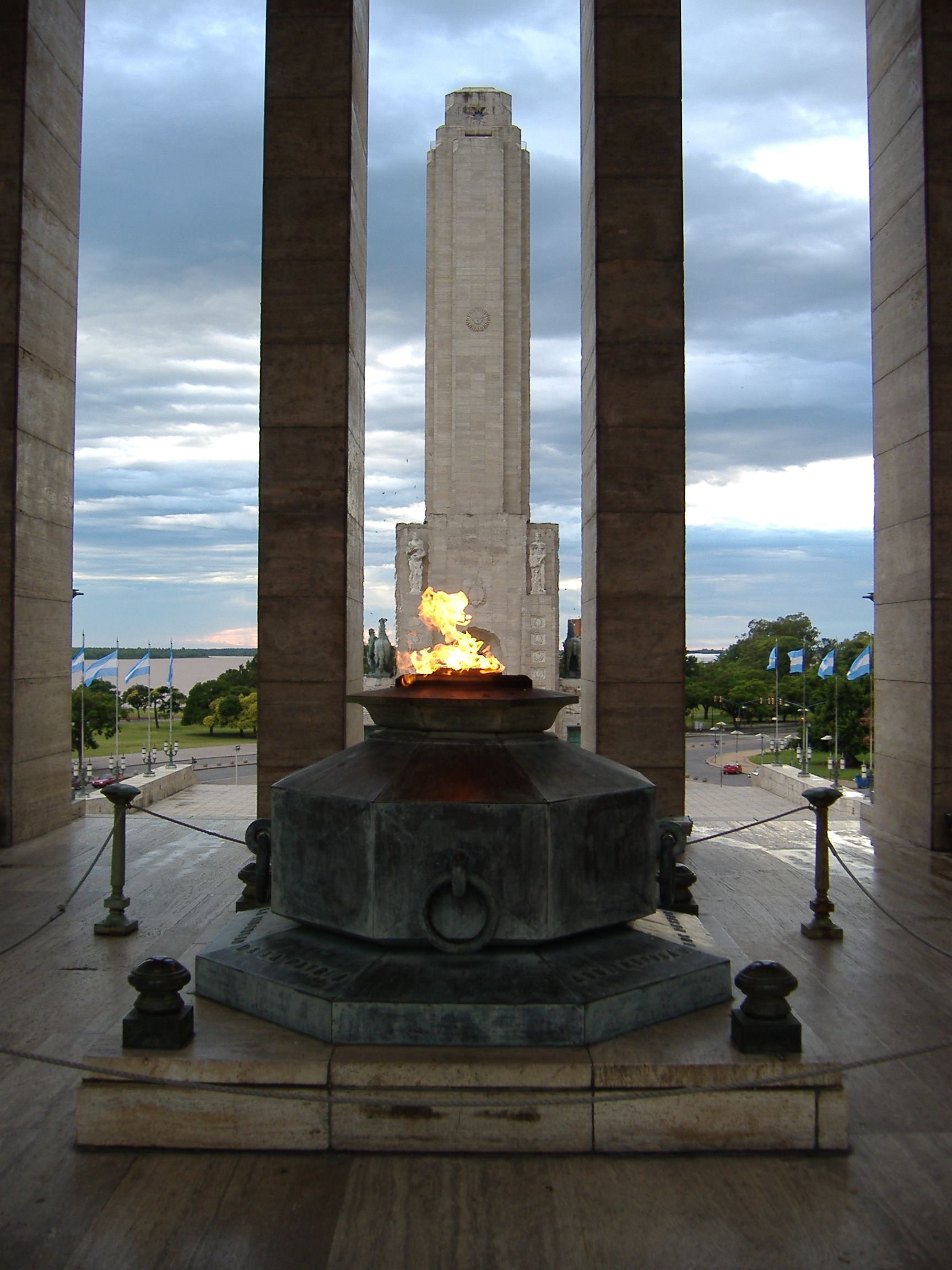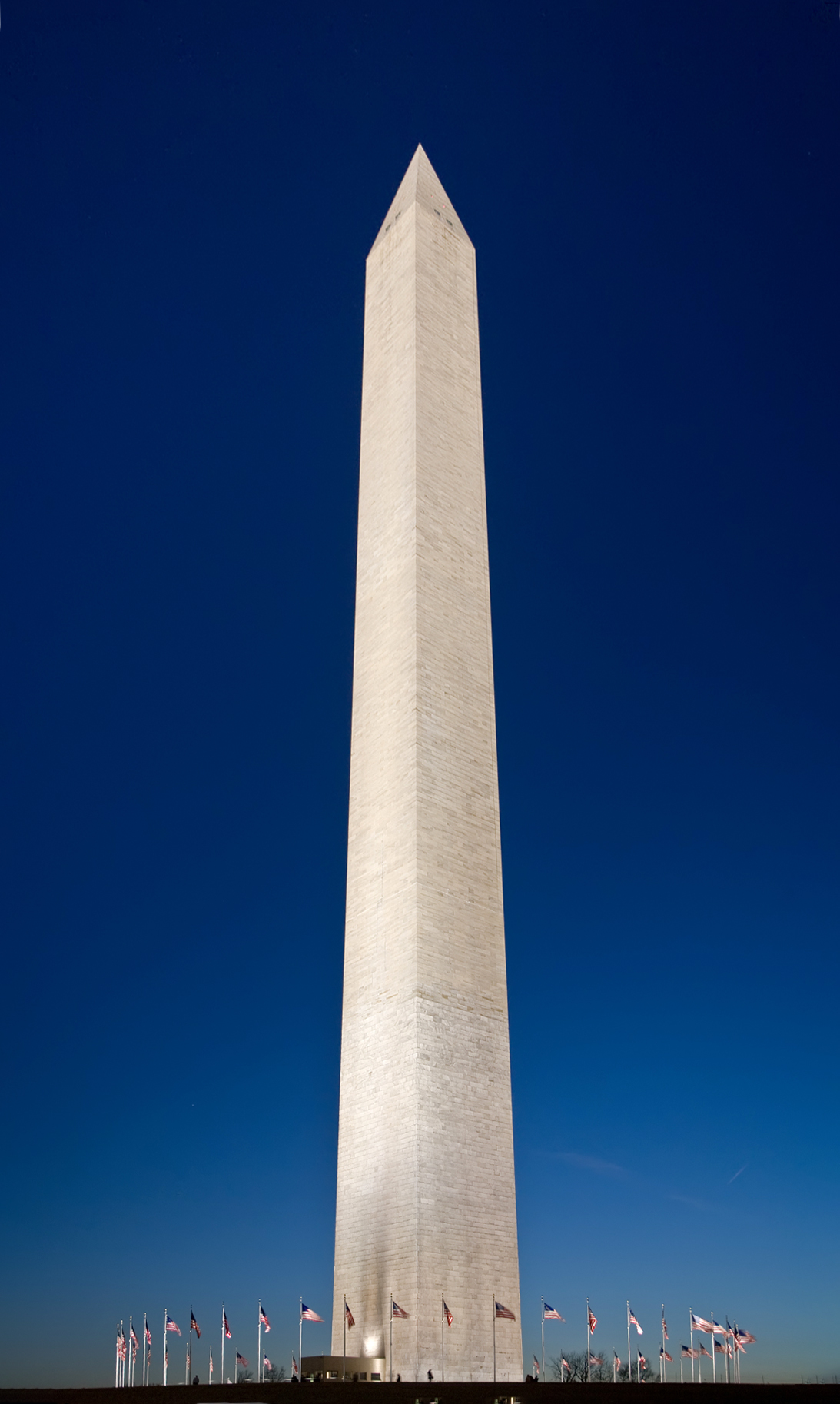|
Davis Memorial (Ohio)
The Davis Memorial is a monument in Hiawatha, Kansas at the Mount Hope Cemetery, built by John Milburn Davis in honor of his wife Sarah after her death. Begun soon after her death in 1930 and completed in 1934, the monument consists of statues of the couple and a small shelter, carved from Italian marble. Its cost (approximately $200,000) led many in the community to criticize Davis for his free spending during the Great Depression. Today, the monument benefits the community financially because of the thousands of tourists who visit it. , Blue Skyways, 1999-01-21. Retrieved 2009-02-28. The memorial was added to the National Register of Historic Places
[...More Info...] [...Related Items...] OR: [Wikipedia] [Google] [Baidu] |
Monument
A monument is a type of structure that was explicitly created to commemorate a person or event, or which has become relevant to a social group as a part of their remembrance of historic times or cultural heritage, due to its artistic, historical, political, technical or architectural importance. Examples of monuments include statues, (war) memorials, historical buildings, archaeological sites, and cultural assets. If there is a public interest in its preservation, a monument can for example be listed as a UNESCO World Heritage Site. The ''Palgrave Macmillan, Palgrave Encyclopedia of Cultural Heritage and Conflict'' gives the next definition of monument:Monuments result from social practices of construction or conservation of material artifacts through which the ideology of their promoters is manifested. The concept of the modern monument emerged with the development of capital and the nation-state in the fifteenth century when the ruling classes began to build and conserve what w ... [...More Info...] [...Related Items...] OR: [Wikipedia] [Google] [Baidu] |
Hiawatha, Kansas
Hiawatha (Chiwere language, Ioway: ''Hári Wáta'' pronounced ) is the largest city and county seat of Brown County, Kansas, Brown County, Kansas, United States. As of the 2020 United States census, 2020 census, the population of the city was 3,280. History Etymology B.L. Rider reportedly was responsible for naming Hiawatha, taking the young Indian's name from Henry Wadsworth Longfellow's poem, ''The Song of Hiawatha''. In the poem is legendary Onondaga (tribe), Onondaga and mohawk nation, Mohawk Indian leader Hiawatha. Adjacent to the former Ioway-Sac reservation and the present-day Ioway Tribe of Kansas and Nebraska, Hiawatha is called ''Hári Wáta'' in Chiwere language, Ioway, meaning "I am looking far away".Goodtracks, Jimm (1992) Baxoje-Jiwere-Nyut'aji - Ma'unke: Iowa-Otoe-Missouria Language to English. Boulder, CO: Center for the Study of the Languages of the Plains and Southwest. 19th century Hiawatha was founded in 1857, making it one of the oldest towns in the stat ... [...More Info...] [...Related Items...] OR: [Wikipedia] [Google] [Baidu] |
Marble
Marble is a metamorphic rock consisting of carbonate minerals (most commonly calcite (CaCO3) or Dolomite (mineral), dolomite (CaMg(CO3)2) that have recrystallized under the influence of heat and pressure. It has a crystalline texture, and is typically not Foliation (geology), foliated (Layered intrusion, layered), although there are exceptions. In geology, the term ''marble'' refers to metamorphosed limestone, but its use in stonemasonry more broadly encompasses unmetamorphosed limestone. The extraction of marble is performed by quarrying. Marble production is dominated by four countries: China, Italy, India and Spain, which account for almost half of world production of marble and decorative stone. Because of its high hardness and strong wear resistance, and because it will not be deformed by temperature, marble is often used in Marble sculpture, sculpture and construction. Etymology The word "marble" derives from the Ancient Greek (), from (), "crystalline rock, shin ... [...More Info...] [...Related Items...] OR: [Wikipedia] [Google] [Baidu] |
Great Depression
The Great Depression was a severe global economic downturn from 1929 to 1939. The period was characterized by high rates of unemployment and poverty, drastic reductions in industrial production and international trade, and widespread bank and business failures around the world. The economic contagion began in 1929 in the United States, the largest economy in the world, with the devastating Wall Street stock market crash of October 1929 often considered the beginning of the Depression. Among the countries with the most unemployed were the U.S., the United Kingdom, and Weimar Republic, Germany. The Depression was preceded by a period of industrial growth and social development known as the "Roaring Twenties". Much of the profit generated by the boom was invested in speculation, such as on the stock market, contributing to growing Wealth inequality in the United States, wealth inequality. Banks were subject to laissez-faire, minimal regulation, resulting in loose lending and wides ... [...More Info...] [...Related Items...] OR: [Wikipedia] [Google] [Baidu] |
National Register Of Historic Places
The National Register of Historic Places (NRHP) is the Federal government of the United States, United States federal government's official United States National Register of Historic Places listings, list of sites, buildings, structures, Historic districts in the United States, districts, and objects deemed worthy of Historic preservation, preservation for their historical significance or "great artistic value". The enactment of the National Historic Preservation Act (NHPA) in 1966 established the National Register and the process for adding properties to it. Of the more than one and a half million properties on the National Register, 95,000 are listed individually. The remainder are contributing property, contributing resources within historic district (United States), historic districts. For the most of its history, the National Register has been administered by the National Park Service (NPS), an agency within the United States Department of the Interior. Its goals are to ... [...More Info...] [...Related Items...] OR: [Wikipedia] [Google] [Baidu] |
Monuments And Memorials In Kansas
A monument is a type of structure that was explicitly created to commemorate a person or event, or which has become relevant to a social group as a part of their remembrance of historic times or cultural heritage, due to its artistic, historical, political, technical or architectural importance. Examples of monuments include statues, (war) memorials, historical buildings, archaeological sites, and cultural assets. If there is a public interest in its preservation, a monument can for example be listed as a UNESCO World Heritage Site. The '' Palgrave Encyclopedia of Cultural Heritage and Conflict'' gives the next definition of monument:Monuments result from social practices of construction or conservation of material artifacts through which the ideology of their promoters is manifested. The concept of the modern monument emerged with the development of capital and the nation-state in the fifteenth century when the ruling classes began to build and conserve what were termed monument ... [...More Info...] [...Related Items...] OR: [Wikipedia] [Google] [Baidu] |
Marble Buildings
Marble is a metamorphic rock consisting of carbonate minerals (most commonly calcite (CaCO3) or Dolomite (mineral), dolomite (CaMg(CO3)2) that have recrystallized under the influence of heat and pressure. It has a crystalline texture, and is typically not Foliation (geology), foliated (Layered intrusion, layered), although there are exceptions. In geology, the term ''marble'' refers to metamorphosed limestone, but its use in stonemasonry more broadly encompasses unmetamorphosed limestone. The extraction of marble is performed by quarrying. Marble production is dominated by four countries: China, Italy, India and Spain, which account for almost half of world production of marble and decorative stone. Because of its high hardness and strong wear resistance, and because it will not be deformed by temperature, marble is often used in Marble sculpture, sculpture and construction. Etymology The word "marble" derives from the Ancient Greek (), from (), "crystalline rock, shin ... [...More Info...] [...Related Items...] OR: [Wikipedia] [Google] [Baidu] |
National Register Of Historic Places In Brown County, Kansas
__NOTOC__ This is a list of the National Register of Historic Places listings in Brown County, Kansas. This is intended to be a complete list of the properties and districts on the National Register of Historic Places in Brown County, Kansas, United States. The locations of all nationally registered properties and districts of which the latitude and longitude coordinates are included below, may be seen in a map. There are 17 properties and districts listed on the National Register in the county. Current listings See also * List of National Historic Landmarks in Kansas * National Register of Historic Places listings in Kansas References {{Brown County, Kansas Brown Brown is a color. It can be considered a composite color, but it is mainly a darker shade of orange. In the CMYK color model used in printing and painting, brown is usually made by combining the colors Orange (colour), orange and black. In the ... National Register of Historic Pla ... [...More Info...] [...Related Items...] OR: [Wikipedia] [Google] [Baidu] |
Monuments And Memorials On The National Register Of Historic Places In Kansas
A monument is a type of structure that was explicitly created to commemorate a person or event, or which has become relevant to a social group as a part of their remembrance of historic times or cultural heritage, due to its artistic, historical, political, technical or architectural importance. Examples of monuments include statues, (war) memorials, historical buildings, archaeological sites, and cultural assets. If there is a public interest in its preservation, a monument can for example be listed as a UNESCO World Heritage Site. The '' Palgrave Encyclopedia of Cultural Heritage and Conflict'' gives the next definition of monument:Monuments result from social practices of construction or conservation of material artifacts through which the ideology of their promoters is manifested. The concept of the modern monument emerged with the development of capital and the nation-state in the fifteenth century when the ruling classes began to build and conserve what were termed monument ... [...More Info...] [...Related Items...] OR: [Wikipedia] [Google] [Baidu] |





